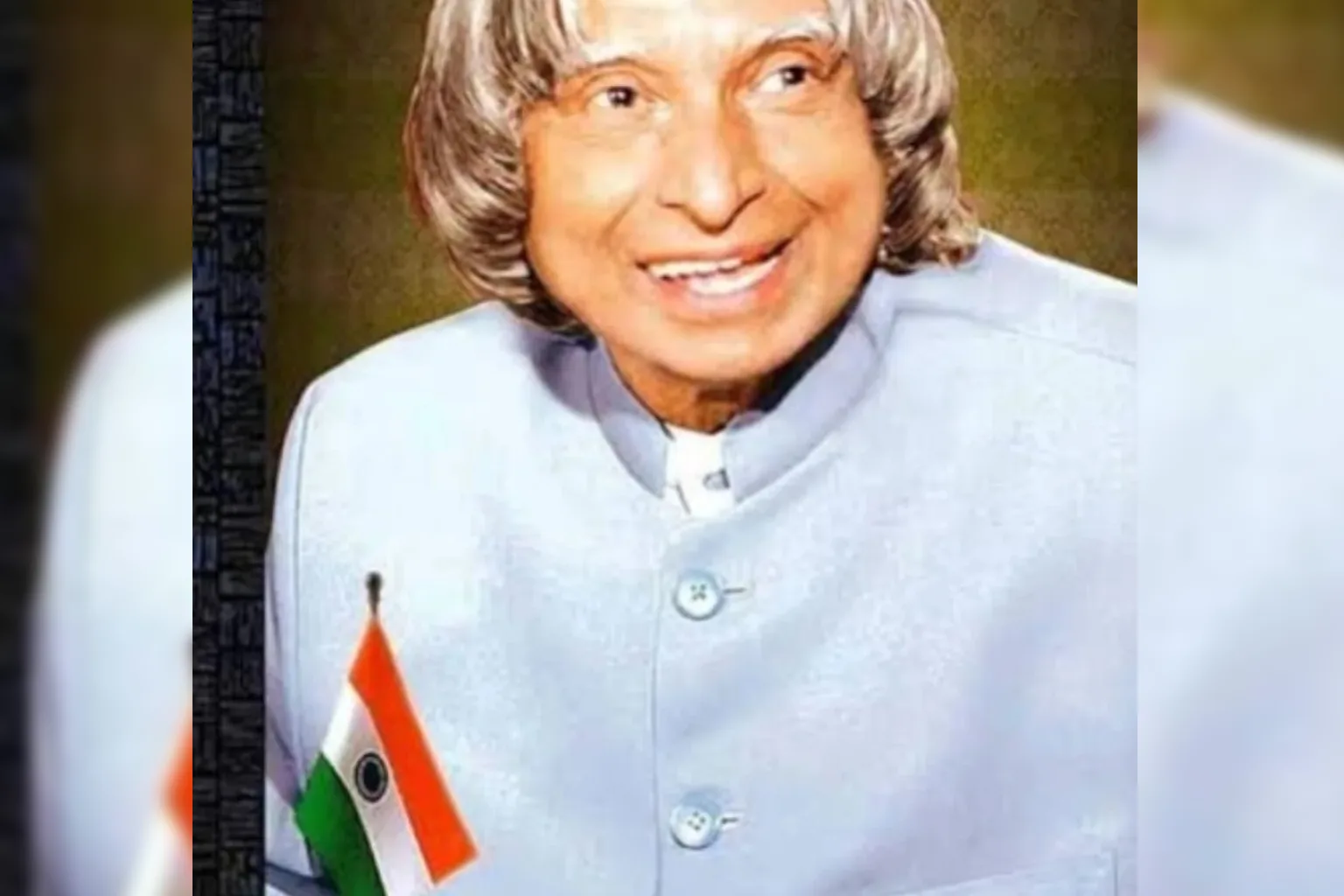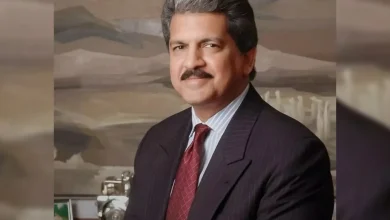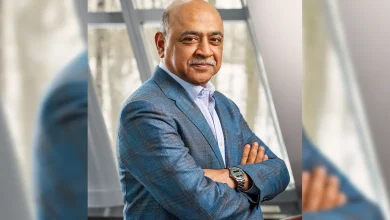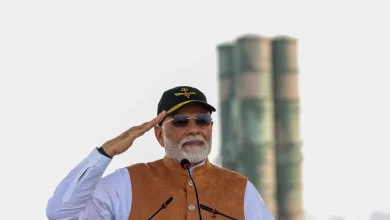A.P.J. Abdul Kalam: India’s Missile Man and Inspirational President
Public Figure
Early Life and Background
Avul Pakir Jainulabdeen Abdul Kalam was born on October 15, 1931, in Rameswaram, Tamil Nadu. Coming from a modest Tamil Muslim family, Kalam’s early life was shaped by discipline, hard work, and curiosity. His father, Jainulabdeen, was a boat owner and imam of a local mosque, and his mother, Ashiamma, managed the household with strong values.
Despite financial constraints, young Kalam excelled academically and developed a keen interest in science and mathematics. His fascination with flight and aeronautics began during his school years, motivating him to pursue studies in aerospace engineering.
Education and Early Career
Kalam graduated in physics from St. Joseph’s College, Tiruchirappalli, and later studied aeronautical engineering at the Madras Institute of Technology (MIT). After completing his education, he joined the Defence Research and Development Organisation (DRDO) and later the Indian Space Research Organisation (ISRO).
During his early career, Kalam contributed to projects such as:
- SLV-III (Satellite Launch Vehicle) – India’s first indigenous satellite launch project.
- Satellite Launch Missions – Key member of India’s early space program.
His meticulous approach and innovative thinking earned him recognition as a skilled scientist and problem solver.
Contributions to India’s Defense Programs
Abdul Kalam is famously known as the Missile Man of India for his pivotal role in developing India’s ballistic missile and nuclear weapons programs:
- Integrated Guided Missile Development Program (IGMDP): Kalam led the development of missiles including Agni, Prithvi, Trishul, and Akash, strengthening India’s defense capabilities.
- Pokhran-II Nuclear Tests (1998): Played a key advisory role, contributing to India’s emergence as a nuclear-capable nation.
- Space and Defense Research: Instrumental in advancing indigenous defense technology, reducing dependency on imports.
Through these achievements, Kalam established India’s credibility in advanced technology and defense research.
Presidency and National Leadership
In 2002, Abdul Kalam became the 11th President of India, serving until 2007. Known as the “People’s President,” he maintained humility and accessibility, connecting with citizens across the nation.
- Advocated education and youth empowerment, encouraging students to dream big and pursue innovation.
- Promoted national development initiatives, including Vision 2020, which aimed to transform India into a developed nation.
- Emphasized transparency, integrity, and ethical leadership in governance.
His presidency was marked by inclusivity, inspiring trust, and motivating citizens to contribute positively to society.
Awards and Recognition
Kalam received numerous accolades for his contributions to science, defense, and public service:
- Bharat Ratna (1997) – India’s highest civilian award.
- Padma Vibhushan (1990) – Second-highest civilian honor for outstanding contribution to science and engineering.
- Padma Bhushan (1981) – Recognition of his achievements in space and defense technology.
- International honors for promoting science, technology, and education.
These awards reflect both his technical brilliance and his influence as a public figure.
Influence on Education and Youth
Beyond science and defense, Kalam’s lasting legacy lies in his engagement with youth and education:
- Authored books like “Wings of Fire”, “Ignited Minds”, and “India 2020”, motivating students and aspiring leaders.
- Promoted STEM education and innovation in schools and universities.
- Regularly addressed students nationwide, emphasizing ethics, discipline, and visionary thinking.
His inspirational approach cultivated a generation of students committed to science, innovation, and nation-building.
Fun Facts / Lesser-Known Details
- Kalam maintained a simple lifestyle, often traveling by economy class despite his high-profile position.
- He was deeply spiritual, drawing inspiration from his religious and cultural upbringing.
- Known for his humility and accessibility, Kalam often mingled with students, scientists, and citizens alike, earning him the title “People’s President.”
Legacy and Impact
A.P.J. Abdul Kalam’s life exemplifies vision, perseverance, and integrity. From his early work in ISRO and DRDO to becoming the President of India, he embodied the values of service, innovation, and education. His contributions to India’s missile and defense programs, combined with his advocacy for youth and education, continue to inspire millions.
Kalam’s message of dreaming big, working hard, and serving the nation resonates beyond science and politics, leaving a lasting impact on Indian society and the global community. He remains an enduring symbol of inspiration for students, scientists, and citizens striving to make a difference.



